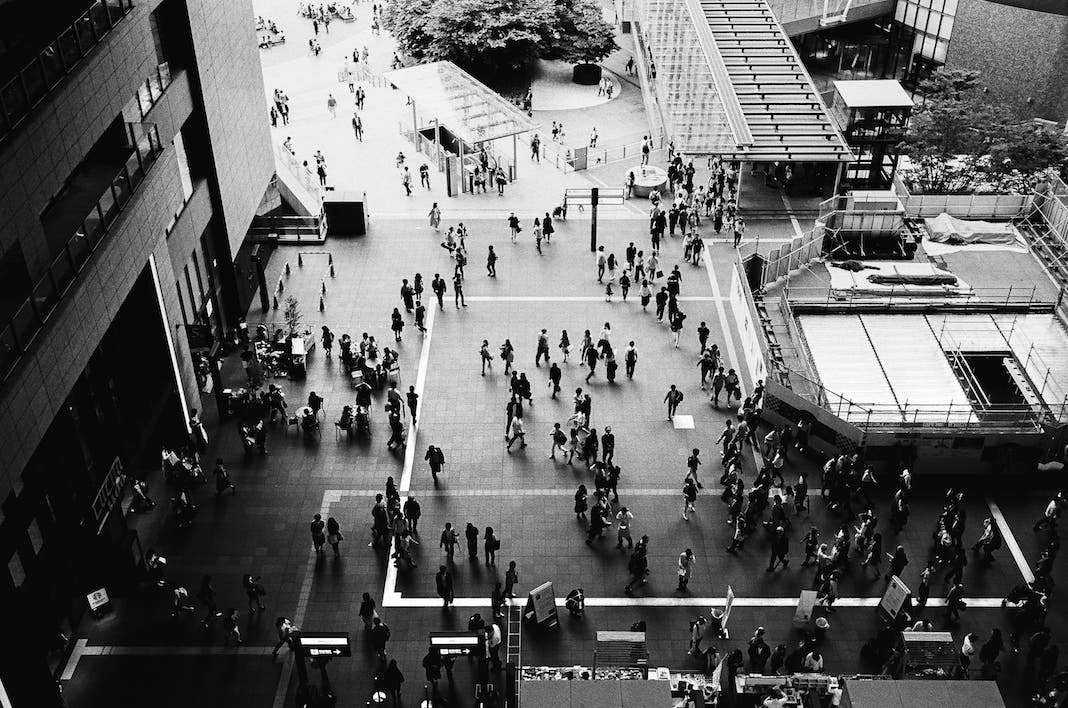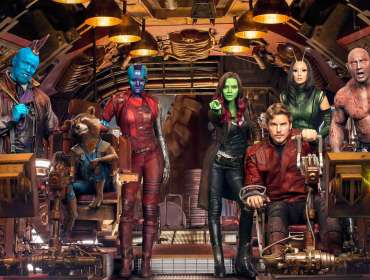Saving up the money to buy his first camera, Jamal Burger sold shoes while working at Toronto streetwear destination Livestock. Several years and tens of thousands of images later, it’s now the sneaker brands who come to him.
The full-time photographer is perhaps better known under his @jayscale alias, a handle which alludes to his preferences for the monochromatic. With an Instagram following of nearly 200,000 and past collaborations with Nike, Incase, and Heineken, he is well on his way already at 24 years old. Even Vice has waxed poetic about his work, although Burger is completely self-taught and confesses to Adorama that his understanding of photography “comes from asking questions and reading books.”


Originally building a following with striking images of cityscapes and rooftops around his native Toronto, the last couple years have seen Burger venturing further afield in both subject and setting. His specialties have shifted to a focus on capturing portraits of people with their emotions laid bare, whether illuminated by the floodlights of a professional basketball arena or the early evening sun on a local playground. One image in his feed is Phoenix Suns player Devin Booker grimacing in the milliseconds before making a critical pass, while the next is a young Cuban boy resting on the rebar of his neighborhood’s makeshift soccer goal.
Adorama recently talked with Burger to glean his insight into what works when shooting action sports, and how he’s using his work to develop a passion for philanthropy.
Adorama: First things first. What is your gear setup and your usual editing workflow?
Burger: For work I stick to my Canon EOS-1D X with a Canon EF 35 or 85mm prime lens. With my personal, travel, and street photography I keep it light and use my Leica M6 with a 35 or 90mm lens. Editing is nothing too extensive. I correct the corners, I adjust the basics (highlights, shadows, blacks, whites), and I play with contrast and exposure to ensure the sharpness is where I’d like it to be.


Adorama: What would you consider to be elements of your signature style?
Burger: My style is black and white, influenced by photographers from the 1900s through the 1990s who’ve left a legacy in monochrome. But I need to remember to stay true to myself. This is an ongoing practice.
Adorama: Was there a moment you remember first falling in love with photography?
Burger: It began as fun, as I enjoyed taking photos of my little sisters. I really wanted to take photos as they grew up, so I used my phone and that bled into me stepping outside and trying to take photos of what I grew up looking at. The exciting part was the challenge of viewing the city differently and conveying my understanding of it. Looking back, it is interesting to see how my interests came together.


Adorama: Would you classify your work as sports photography?
Burger: I do not know how to describe my place in photography other than as a person trying to put a timestamp on content I believe in. It could be sport and travel, but it may change. My outlook is always shifting, and I do think my work will be more definitive as I compile more.
Adorama: Do you show your subjects the photos you take of them?
Burger: I do when it’s possible. An example would be when I go to Cuba I try to bring them their 4x6s (shot on past trips), or I give them Polaroids while I’m there.


Adorama: What are some simple tips you have for capturing sharp shots, despite the quick action and harsh lighting of the basketball court?
Burger: Have a shutter speed of at least 640 and work around that. It can be really tough, based on the quality versus ISO capability. Give context to the picture. If you want to showcase emotion, get in close. If you want to show the arena or environment, stop down and put more in focus.
Adorama: How does the pressure of a contractual relationship with professional athletes (being hired to photograph them or their team) challenge your work?
Burger: It’s about work versus personal and understanding that personal will get you work and that work funds the personal. Distinguishing the two worlds and finding balance is an extremely challenging task. I am still working on making sense of this. I think all photographers can be successful once they find how to make it work for them. Again, success is different for everyone. Prioritizing happiness is what I believe in.


Adorama: In an interview with Maekan, regarding Instagram success and “likes,” you said: “I pride myself on making sure a number doesn’t affect my personality.” Still, you do have impressive numbers of followers and fans. How has the growth in popularity, and the access it affords, affected your work, for good or bad?
Burger: It’s been good because it’s provided me opportunity and insight. It’s been challenging because switching your style or trying to grow often causes a shift in the audience. You get followers based on one idea, and changing your direction will cause loss of followers. But the best part in all of it is that you see who sticks around and truly believes in you. I’ve experienced this because initially I started taking photos in color, but over time I felt the need to be true to myself and focus in on black and white.


Adorama: You’re a philanthropist as well as a photographer, with a charity that extends beyond the camera and Canada. How do you sum up the mission of The Kickback Project?
Burger: The Kickback is my goal of multiplying my story by thousands. I couldn’t afford a camera growing up. Somebody purchased it for me. But I also had valuable mentors along the way. I want to provide access to equipment and mentorship for kids. The Kickback is a means of doing this by utilizing footwear to grab their attention and let them know that my friends and I care, and that we share the same interests and come from the same place. If we’re on our way, they see they can also make their own way in life.


Adorama: You call Toronto home, but you’ve also recently traveled to places like Hong Kong, Cuba, Senegal, and Japan. How do you decide where to go and whom to talk to, to get the shots and interactions you want?
Burger: It all comes from curiosity and opportunity. I focus on investing my earnings into knowledge and experiences more than anything. I believe there is richness in that. Curiosity took me to Cuba, Hong Kong, and other places. Opportunity took me to Senegal, with the President of the Toronto Raptor’s Charity, Giants of Africa. It’s a program focused on empowering the future leaders of Africa to live up to their potential through basketball and become Giants of their own.
Adorama: What’s on the short list of places to visit, whether for your own work or for The Kickback, and what gives them urgency or makes them “next” for you?
Burger: Morocco for sure. It looks beautiful, and has a mystique. With The Kickback we’re still in the planning phases, but anywhere in the world is possible and that’s the part that excites me the most.
Check out Jamal’s full Through the Lens: Canada episode below:





